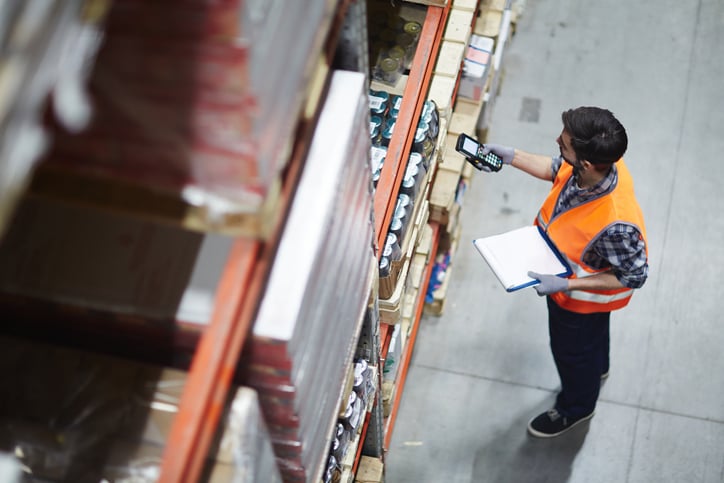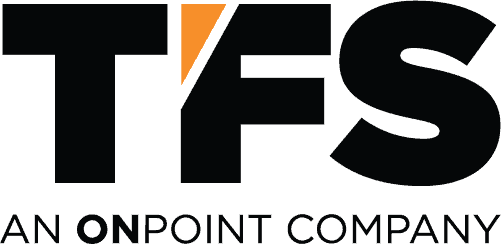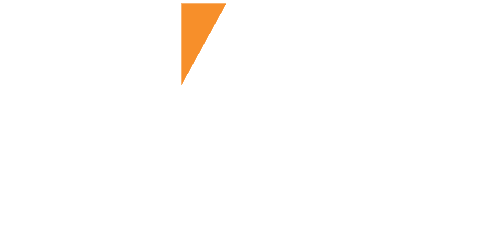 There’s a supply chain crisis, and no sector is immune. Material and parts shortages are hitting operations across the board, triggering price hikes and logistical hurdles that are increasingly harder to handle.
There’s a supply chain crisis, and no sector is immune. Material and parts shortages are hitting operations across the board, triggering price hikes and logistical hurdles that are increasingly harder to handle.
“It’s a unique market right now, to say the least,” says Nate Josic, Vice President at TFS. “Lead times have been getting more severe and parts are tough to source. We’ve got top manufacturers out there with inventory of half-finished equipment that not only needs to be completed but delivered to their customers.”
This isn’t late-breaking news for material handlers. Waiting on new forklifts or replacement parts became something of a “new normal” in 2021 due to labor shortages, production shutdowns, and other pandemic measures.
These shortages also put budgets under strain, making every dollar count. As companies try to “bridge the gap” while waiting for new equipment, the rising cost of rentals is piling on additional stress. Plus, many companies, feeling backed into a corner to maintain uptime, are spending wildly on other options.
“What we found is that customers who are trying to fill in the gaps are often settling for used equipment that isn’t even ideal for their current situation,” Josic says. “What’s more, they’re sometimes paying 30, 40, or even 50 percent more than they would have six to 12 months ago.”
The good news is that it doesn’t have to be this way.
Even though the supply chain issues are challenging—even unprecedented—some strategic planning will help you find equipment that will fit your operation and keep spending within control.
Here are 7 steps you should take to ensure your material handling is optimized to improve uptime and save money:
Take inventory of your fleet: One of the most important steps in cutting material handling costs is getting a full view of your fleet. That means taking stock of the forklifts and other equipment that the company owns or leases and assessing how each unit is being utilized on the warehouse floor. Once you see the “big picture,” you can begin honing in on potential savings.
Weed out your rentals: In a high-volume operation, it’s not uncommon for rentals to fall under the radar. Once you’ve taken inventory of your material handling fleet, you may find rentals that are collecting dust or being underutilized. Considering returning these to control expenses.
“What we find, at least early on with some customers, is that they have a lot of rentals that they don’t need. Or they have leased equipment that’s sitting around that could be redeployed to another facility,” says Josic. “That’s where we can help figure out where companies can afford to get rid of one piece of equipment or move them over to another part of the operation.”
Determine what you (really) need: Now is the best time to redistribute equipment based on actual need. Doing so means collecting and assessing fleet usage data to provide an informed view of your operational needs. Not every operation has the manpower or data tools to conduct this kind of investigation. This is where partnering with a brand-independent provider can be an advantage.
Explore finance opportunities: Supply chain delays may force companies to use their equipment longer than they expected as they wait on replacements or repair parts. Doing so risks exceeding their leasing company’s allowances and further creating unnecessary and costly repairs. Instead of running the same units into the ground, consider ways of extending the lifespan of your fleet.
“Because companies can’t get new equipment quickly enough, they may have to utilize their older equipment longer. That means they’re going to put more and more hours on the equipment, incur higher maintenance costs, and potentially go over their usage allowance with their leasing companies,” Josic says.
In these instances, he adds, third-party specialists like TFS can come in and help negotiate those leases and mitigate those costs on the company’s behalf. We have proven methods to optimize that lease and make it make sense.” (Here’s more information about potential financing strategies.)
Prioritize preventative maintenance: It’s no secret that TFS is a strong believer in preventative maintenance. With the right game plan and the right people, a preventative maintenance strategy ensures the upfront work is being done to keep equipment running and that breakdowns are being prevented. (You might be surprised to find that, per the data, even high-velocity facilities often need fewer PMs than most think.)
Build a roadmap: Material handling operations are always in flux. With a roadmap, companies can get a clearer picture of what those operations may require and what assets will be available to meet that demand. Having an informed view of the future is also vital as the pandemic continues to drive company mergers and acquisitions that require a more holistic view of equipment that can be used or needs replacement.
Use a fleet manager: In many cases, the title “fleet manager” is awarded to procurement managers who focus on purchasing assets at the lowest price. A true fleet manager, however, is a brand-independent procurement expert that can navigate multiple sources to find parts and equipment that match the operation’s specific requirements. They are also individuals (or teams) who are solely focused on managing a material handling program and finding cost savings within. (You can read more about TFS’s definition of fleet managers in this blog.)
“At the end of the day, fleet management is what we do,” says Josic. “Our overarching goal is to find and gravitate towards strategies that will help the customer control their material handling costs, whether that’s by optimizing their lease structures, managing their vendors, or getting a better handle on maintenance costs and plans.”
Material handling isn’t always the first place companies look to for cost savings, but it is ripe for low-hanging reductions all the same. As supply chain struggles play out, consider strategies and partnerships that will help unlock material handling savings and maximum uptime.

